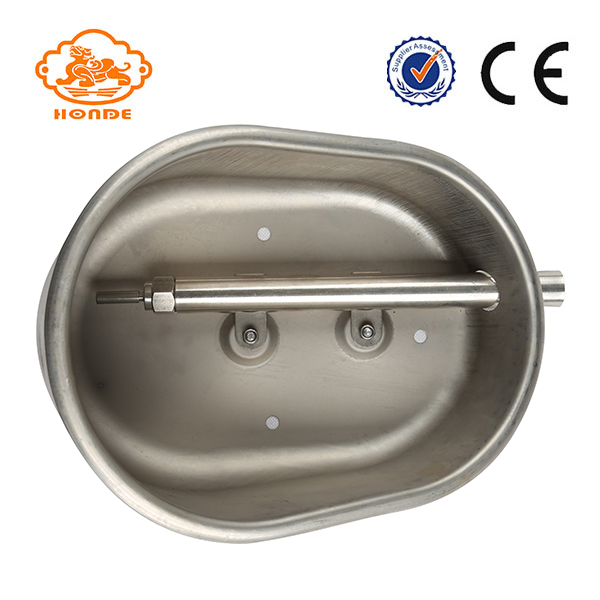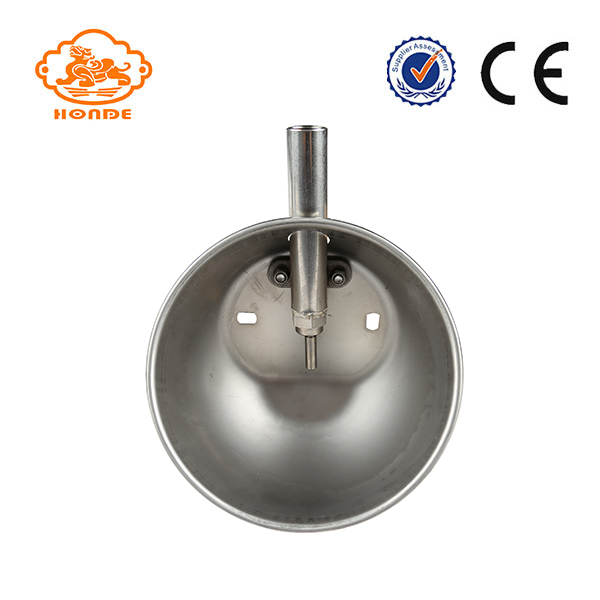(-) Formula Fertilization Technology:
1. The concept of formula fertilization and the standard of reasonable application.
Formula fertilization is the comprehensive use of modern agricultural scientific and technological achievements. Based on the laws of crop manure requirements, soil fertility and fertilizer effects, based on the application of organic fertilizers, the appropriate amounts and proportions of nitrogen, phosphorus, potassium and trace fertilizers are proposed, and corresponding Fertilization technology. Therefore, formula fertilization contains two main processes of formulation and fertilization. Formula is based on the soil, crop conditions, prenatal fertilizer, quantitative. After determining the target yield, estimate how much nitrogen, phosphorus and potassium the crop needs to absorb. Calculate the soil supply according to the soil nutrient test to determine the appropriate amount of nitrogen, phosphorus and potassium fertilizers. The soil lacks certain trace elements or crops that are sensitive to certain trace elements, and it is necessary to apply such trace fertilizers in a targeted and appropriate manner. The fertilizer formula must include a certain amount of farmyard fertilizer to keep the ground fresh. Fertilization is based on the formulation of the fertilizer species, amount and soil, crop characteristics, reasonable arrangements for base fertilizer and top dressing ratio, application of top dressing frequency, period, amount and fertilization techniques, at the same time, in accordance with the characteristics of fertilizer, take the most effective fertilizer methods, such as Deep application of nitrogen fertilizer, concentrated application of phosphorus fertilizer, potassium fertilizer applied in the first and middle stages, and application of trace fertilizer, etc., to maximize fertilizer production.
2, bitter melon, loofah formula fertilization.
Formula fertilization is a very reasonable and practical agricultural science and technology. The fertilizer formulations of high-yielding cultivation of bitter gourd and loofah are mainly based on the nutrition characteristics of different varieties of bitter gourd and gourd at different growth stages, soil nutrient status, fertilizer supply and physical and chemical properties, climatic conditions, characteristics of fertilizer varieties, etc. Formula fertilization must also be closely combined with other agricultural technical measures such as farming, irrigation, and pest control to achieve good results. The formula fertilization of balsam pear and loofah lacks relevant experimental research.
With reference to the type of vegetable ingestion of soil nitrogen, bitter gourd is a type of high-nitrogen vegetable: 1000 kg of bitter gourd is produced, and on average, 5.277 kg of nitrogen, 1.761 kg of phosphorus, and 6.666 kg of potassium are extracted from the soil. When tested, bitter gourd yield levels were between 1500 and 2500 kg. Bitter gourd and loofah are all fruits, which is suitable for extra-root dressing in the young fruit period.
(b) Fertilization techniques in protected land production:
The requirements of fertilizer-free balsam pears and sponge gourds in protective facilities differ from those in open fields, mainly due to slower growth in the early stages and less need for fertilizer. With the advancement of the growing period, the growth rate is accelerated and the absorption intensity of nutrients is also increased. In the early stage of growth, the supply of soil nutrients is relatively large. With the birth process, the supply of nutrients gradually decreases, especially in the later period. Therefore, bitter gourd, loofah's absorption of nutrients and the contradiction between the supply of soil nutrients is more acute, such as the production of fertilization in accordance with open cultivation methods, often appear early prosperous, late defertilization and premature aging, resulting in reduced production.
The principle of fertilization in protected areas should be dominated by farmyard fertilizers and supplemented by chemical fertilizers; farmer's manure and phosphorus, potash fertilizers, and a small amount of nitrogenous fertilizers should be applied to the entire layer of urea. The remaining nitrogen fertilizers should be applied with water. The topdressing time is better from the initial stage of harvesting to the harvesting stage. The amount of topdressing should be light and heavy. There are conditions that can be used for farmyard manure or slow-acting fertilizers with large carbon and nitrogen ratios and adequate maturity. However, nitrogen fertilizer synergists should not be applied.
We specialize in producing pig drinking systems, which is made of stainless steel or plastic. It is mainly used for sows or piglets to drink water. Pig drinking systems is an automatic drinking water equipment. Our pig drinking systems design that keep dung out of the water bowl no blind corner, so the Pig Drinking System is always clean and also saves water. We have advanced manufacturing technology, so can have a high yield and high quality. Our pig drinking systems is uniquely designed to keep the stool away from the pig drinking systems, so keep the bowl clean. Taps on the bottom of the bowl to ensure that there is not much water bowl of water, saving water. The bottom is 1.0mm thick stainless steel plate, making the water bowl durable.


Pig Drinking System
Pig Drinking System,Poultry Pig Drinking System,Pig Automatic Drinking System,Farming Equipment Pig Drinking System
HuangHua FengYi Honde Metal Factory , https://www.farrowingcratesfromchina.com